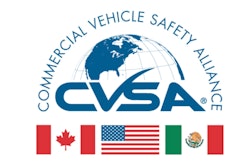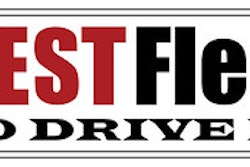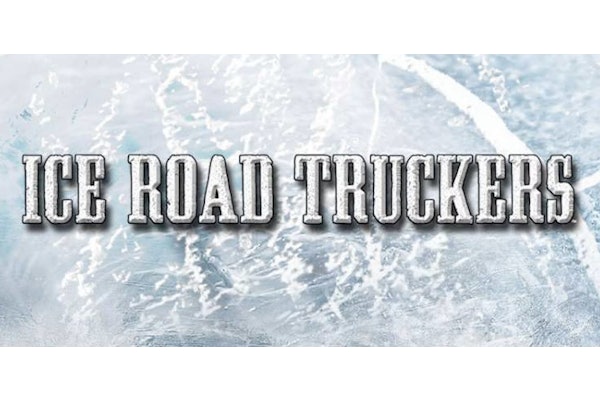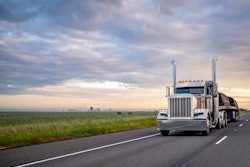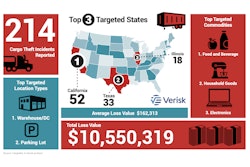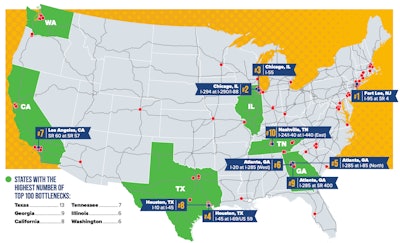

The intersection of Interstate 95 and State Route 4 in Lee, New Jersey is the most congested trucking bottleneck of any of the 100 identified by the American Transportation Research Institute today in its 13th annual list highlighting the most troubling such places in the U.S.
For the sixth year in a row, the intersection leading to the George Washington Bridge is once again the number one freight bottleneck in the country. The remaining top 10 bottlenecks include:
2. Chicago: I-294 at I-290/I-88
3. Chicago: I-55
4. Houston: I-45 at I-69/US 59
5. Atlanta: I-285 at I-85 (North)
6. Atlanta: I-20 at I-285 (West)
7. Los Angeles: SR 60 at SR 57
8. Houston: I-10 at I-45
9. Atlanta: I-285 at SR 400
10. Nashville: I-24/I-40 at I-440 (East)
Texas leads all states with the most number of trucking bottlenecks with 13. Georgia follows with nine, California has eight, Tennessee has seven, and Illinois and Washington each have six.
RELATED NEWS: Podcast: Here's how ATRI identifies the worst freight bottlenecks in the U.S
The 2024 Top Truck Bottleneck List measures the level of truck-involved congestion at over 325 locations on the national highway system. The analysis, based on what ATRI said is an extensive database of freight truck GPS data, uses several customized software applications and analysis methods, along with terabytes of data from trucking operations to produce a congestion impact ranking for each location.
The bottleneck locations detailed in this latest ATRI list represent the top 100 congested locations, although ATRI continuously monitors more than 325 freight-critical locations.
“Traffic congestion on our national highway system inflicts an enormous cost on the supply chain and environment, adding $95 billion to the cost of freight transportation and generating 69 million metric tons of excess carbon emissions every year,” said ATA President and CEO Chris Spear. “The freight bottlenecks identified in this report provide an actionable blueprint for state and federal transportation officials on where to invest infrastructure funding most cost-effectively. Increasing freight efficiency should be a top priority for the U.S. DOT, and alleviating these bottlenecks would improve highway safety, protect the environment and support interstate commerce.”
For access to the full report, including detailed information on each of the 100 top congested locations, please visit ATRI’s website here.




